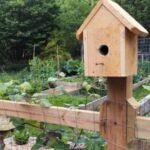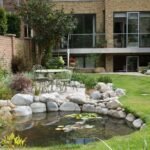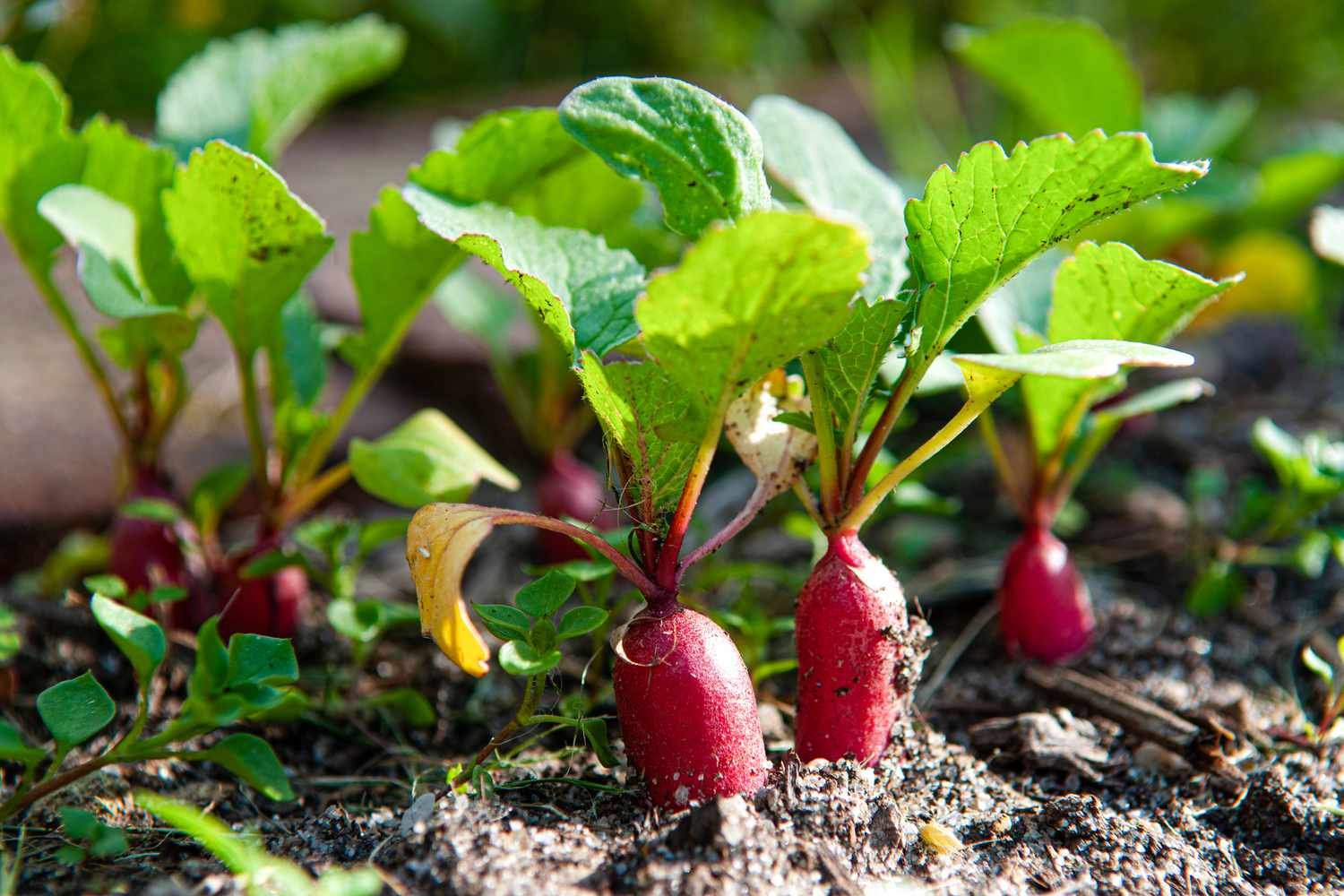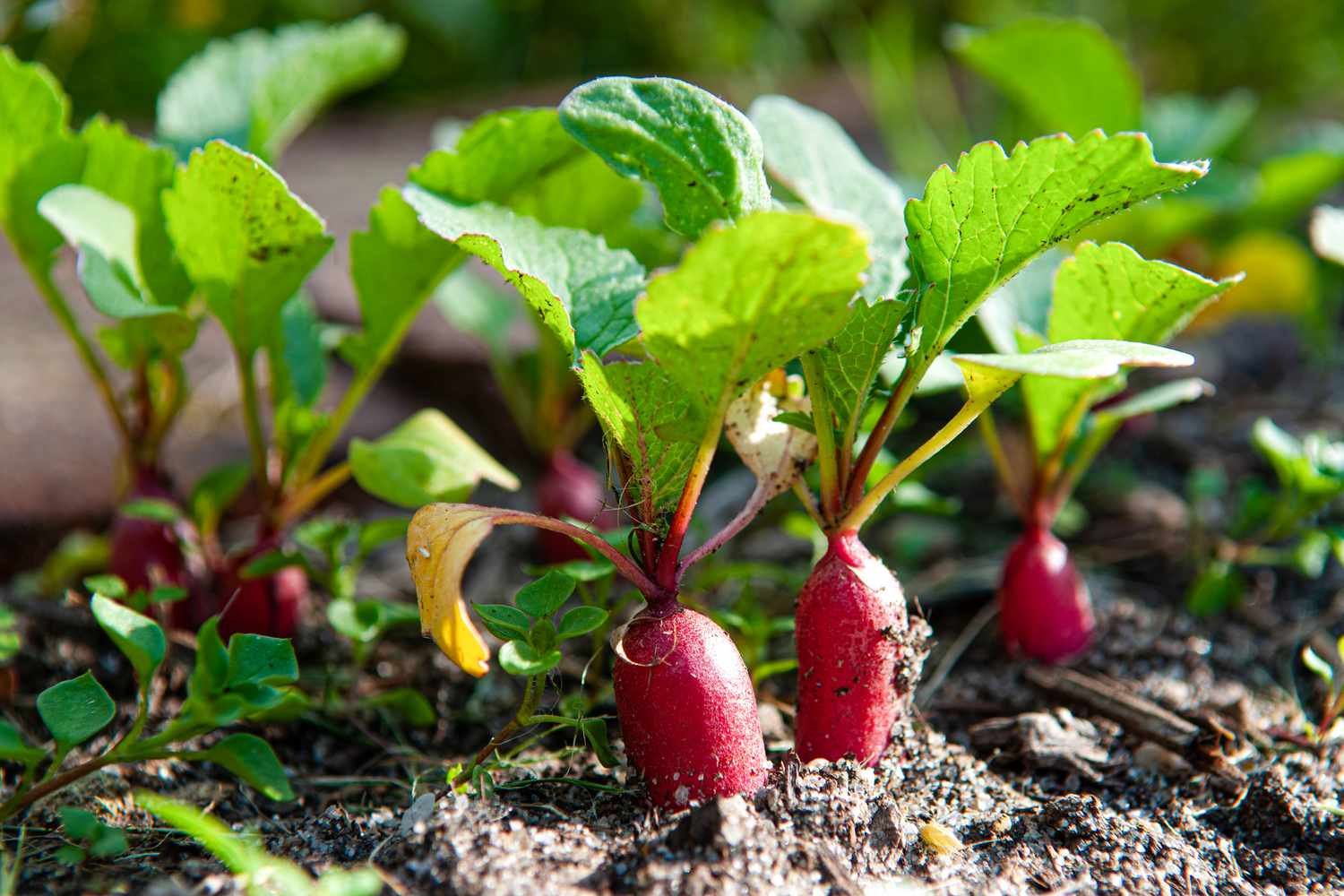Designing a small space garden can be a delightful challenge that rewards creativity, ingenuity, and thoughtful planning. While working with limited square footage may seem restrictive, it actually opens up a world of possibilities for creating a cozy, inviting outdoor retreat. In this article, we’ll explore practical tips and strategies for designing a small space garden that maximizes beauty, functionality, and enjoyment.
Assess Your Space and Needs
The first step in designing a small space garden is to assess your available space and consider your needs, preferences, and gardening goals. Measure the dimensions of your outdoor area, taking note of any existing features, such as walls, fences, or pathways. Consider how you plan to use the space—will it be primarily for relaxing and entertaining, growing vegetables and herbs, or showcasing ornamental plants? By understanding your space and needs, you can tailor your garden design to suit your lifestyle and priorities.

Choose the Right Plants
Selecting the right plants is crucial when designing a small space garden. Opt for compact, dwarf, or vertical-growing varieties that won’t overwhelm your space or require frequent pruning. Consider plants with multiple seasons of interest, such as evergreen shrubs, flowering perennials, and ornamental grasses, to ensure year-round beauty. Choose plants that thrive in your local climate and growing conditions, and pay attention to factors such as light exposure, soil type, and water requirements.
Create Vertical Interest
Vertical gardening is an excellent way to maximize space in a small garden while adding visual interest and dimension. Use trellises, arbors, and wall-mounted planters to grow climbing vines, trailing plants, and compact varieties of fruits and vegetables. Hang baskets or containers from hooks or railings to create a vertical garden oasis. Vertical gardening not only frees up precious ground space but also creates a lush, green backdrop for your outdoor sanctuary.
Utilize Containers and Raised Beds
Containers and raised beds are indispensable tools for gardening in small spaces. They allow you to grow plants in confined areas, such as patios, balconies, or rooftops, and provide flexibility in arranging and rearranging your garden layout. Choose containers and raised beds that complement your garden style and fit your space constraints. Use a mix of sizes, shapes, and materials to create visual interest and accommodate different plant types. Remember to provide adequate drainage and use a high-quality potting mix to ensure healthy plant growth.
Design for Functionality
In a small space garden, every square inch counts, so design your garden for functionality and versatility. Create distinct zones for different activities, such as dining, lounging, gardening, and storage, using furniture, planters, and accessories to define each area. Choose multipurpose furniture, such as foldable tables and chairs or benches with built-in storage, to maximize space and utility. Incorporate features such as built-in seating, vertical storage solutions, and compact gardening tools to make the most of your limited space.
Embrace Container Gardening
Container gardening is ideal for small space gardens, allowing you to grow a wide variety of plants in limited space. Choose a mix of annuals, perennials, herbs, and vegetables to create a vibrant, dynamic garden display. Arrange containers in groups or clusters to create visual impact and add depth to your garden design. Experiment with different container materials, colors, and textures to add personality and style to your outdoor space.
Enhance with Lighting and Accessories
Lighting and accessories can transform a small space garden into a magical oasis, extending its usability and enjoyment into the evening hours. Incorporate outdoor lighting, such as string lights, lanterns, or solar-powered path lights, to create ambiance and illuminate key features of your garden. Add decorative elements, such as colorful cushions, throw pillows, rugs, and artwork, to infuse personality and style into your outdoor retreat. Don’t forget to include practical accessories, such as plant stands, watering cans, and gardening tools, to enhance functionality and convenience.
Conclusion
In conclusion, designing a small space garden requires careful planning, creativity, and attention to detail. By assessing your space and needs, choosing the right plants, creating vertical interest, utilizing containers and raised beds, designing for functionality, embracing container gardening, and enhancing with lighting and accessories, you can create a beautiful, functional, and inviting outdoor sanctuary that maximizes space and enjoyment. Whether you have a tiny balcony, a petite patio, or a compact courtyard, there are endless opportunities to create a small space garden that reflects your personality, enriches your life, and brings joy and beauty to your outdoor living area.











